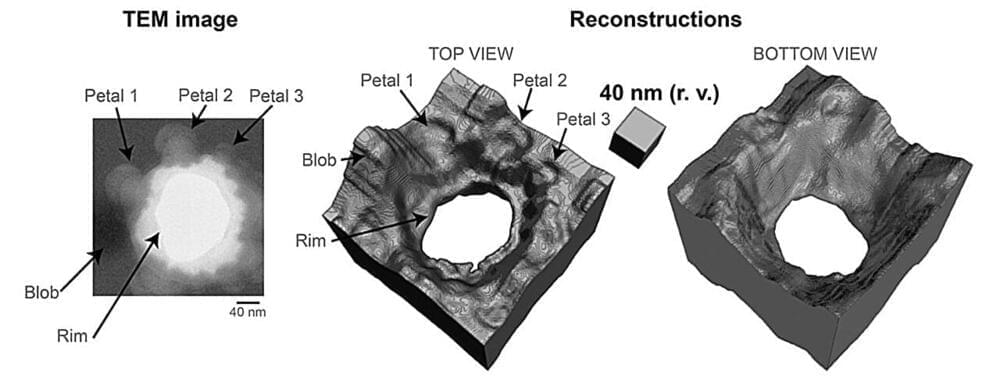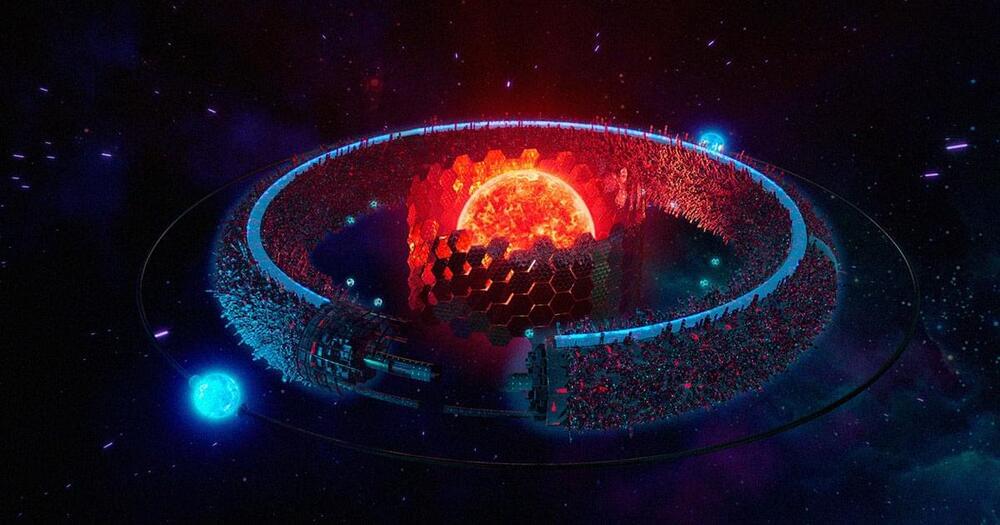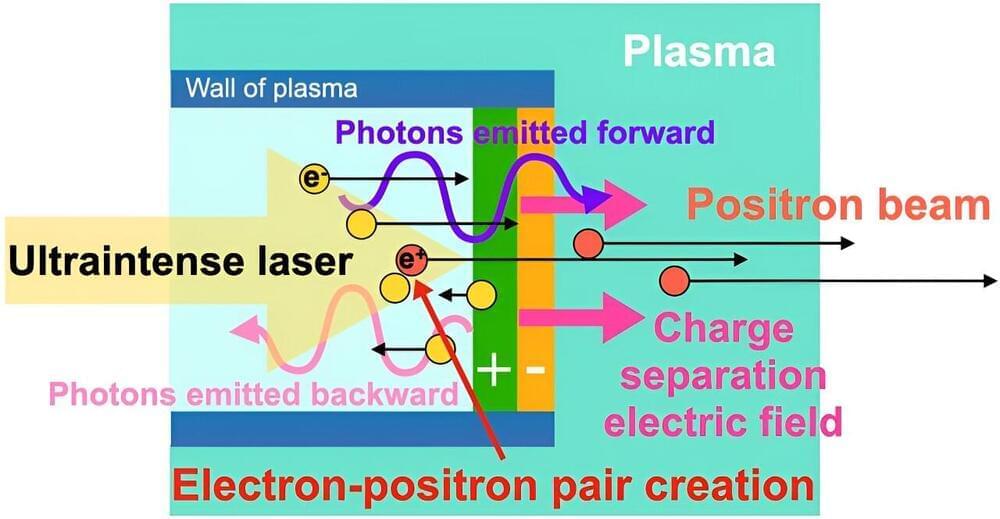
Dr. Deepan Balakrishnan, the first author, said, “Our work shows the theoretical framework for single-shot 3D imaging with TEMs. We are developing a generalized method using physics-based machine learning models that learn material priors and provide 3D relief for any 2D projection.”
The team also envisions further generalizing the formulation of pop-out metrology beyond TEMs to any coherent imaging system for optically thick samples (i.e., X-rays, electrons, visible light photons, etc.).
Prof Loh added, “Like human vision, inferring 3D information from a 2D image requires context. Pop-out is similar, but the context comes from the material we focus on and our understanding of how photons and electrons interact with them.”

















